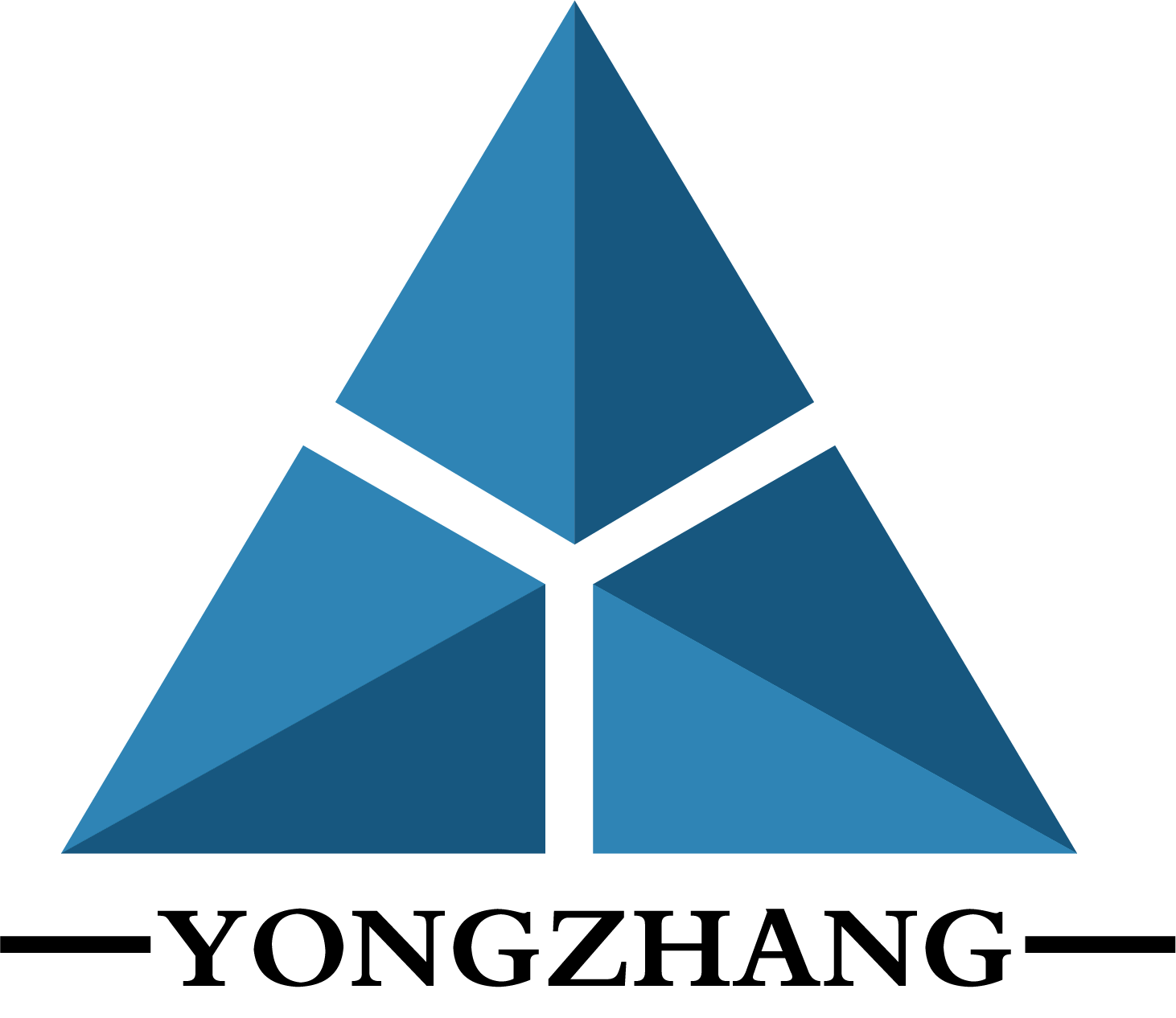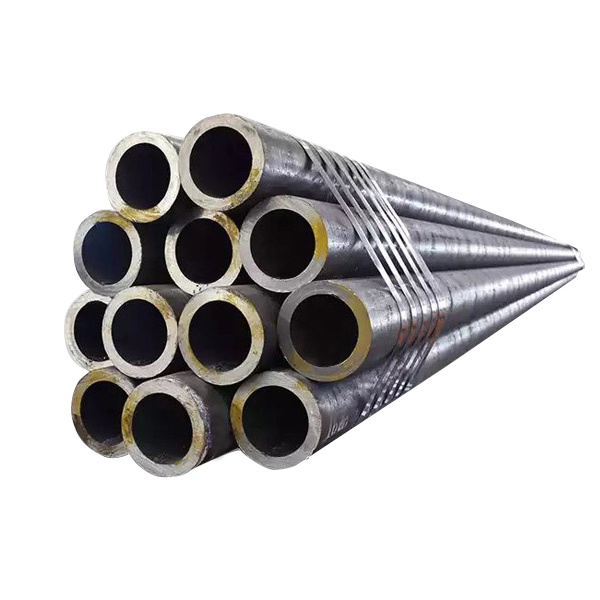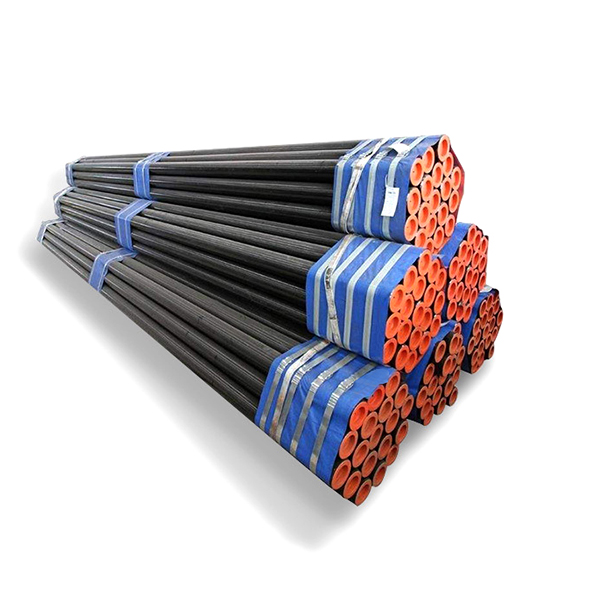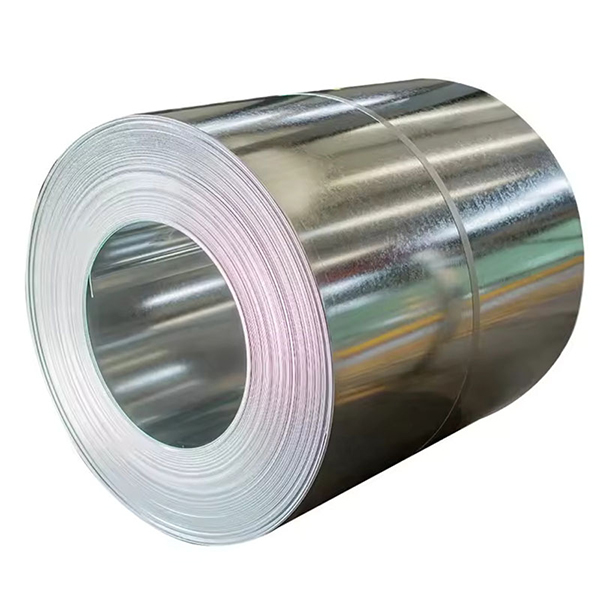What is the difference between seamless steel pipe and precision steel pipe?
Seamless steel pipe: It is made of solid round steel or ingot by hot rolling, cold rolling or cold drawing process, and its biggest feature is that there is no welding joint on the surface of the pipe. In the manufacturing process, the ingot is first heated to a suitable temperature and then perforated through a perforator to form a tube blank. Next, the tube blank is rolled or drawn several times to gradually form the steel pipe of the required size. Finally, the steel pipe also needs to undergo heat treatment, straightening, finishing and other processes to achieve higher quality standards.
Precision steel pipe: Its manufacturing process is more complex and fine. The raw materials for the production of precision steel pipes are usually high-quality cold-rolled steel plates or hot-rolled steel plates, and through the precision rolling process and precise process control, the pipes have higher dimensional accuracy and surface finish. In the rolling process, the steel pipe needs to go through multiple passes of rolling and precise process adjustment to ensure that its internal and external diameter, wall thickness and other dimensional parameters meet the requirements of high precision. In addition, precision steel pipes also need to undergo strict surface treatment and testing to ensure that their surface quality and performance meet standards.
Physical properties
Seamless steel pipe: has good pressure resistance and corrosion resistance, can withstand high pressure and temperature, not easy to leak and rupture and other problems. At the same time, the manufacturing process of seamless steel pipe is simple and the cost is low, so it is widely used in some occasions with high cost requirements.
Precision steel pipe: with higher precision and surface quality. Its inner and outer wall dimensions are highly accurate, and the surface finish is good, which can meet various high precision and high performance requirements. In addition, the precision steel pipe also has excellent mechanical properties and processing properties, can withstand greater tension and pressure, and is easy to process and form. These characteristics make the precision steel pipe have higher reliability and stability in the manufacture of high-precision parts.
Application fields
Seamless steel pipe: widely used in oil, natural gas, chemical, electric power, construction and other fields, as a pipeline material for conveying fluids, withstand pressure and support structures. Due to the characteristics of its manufacturing process, seamless steel pipes can be manufactured with large diameters, high pressure and high strength pipes, which are suitable for a variety of complex working conditions.
Precision steel pipe: It is mainly used in automotive, machinery, petroleum, chemical, energy and other fields, as a high-precision and high-performance component material. Its high precision and high quality characteristics make the precision steel pipe have higher reliability and stability in the manufacture of high-precision parts. For example, in the automotive industry, precision steel pipes are widely used in the manufacture of key components such as engines, transmissions, and chassis; In the machinery industry, precision steel pipes are used to manufacture a variety of high-precision transmission shaft, cylinder and other parts.
precision and appearance
Seamless steel pipe: Although the dimensions are accurate, the surface may have oxide skin and require further treatment.
Precision steel pipe: Its accuracy is much higher than seamless steel pipe, can reach ±0.05 wire tolerance, and after production, the inside and outside bright no oxide skin, no additional processing can be used directly.
In summary, there are obvious differences between seamless steel pipes and precision steel pipes in terms of manufacturing process, physical properties, application fields, accuracy and appearance. In practical applications, appropriate pipe types should be selected according to specific needs and working conditions.





